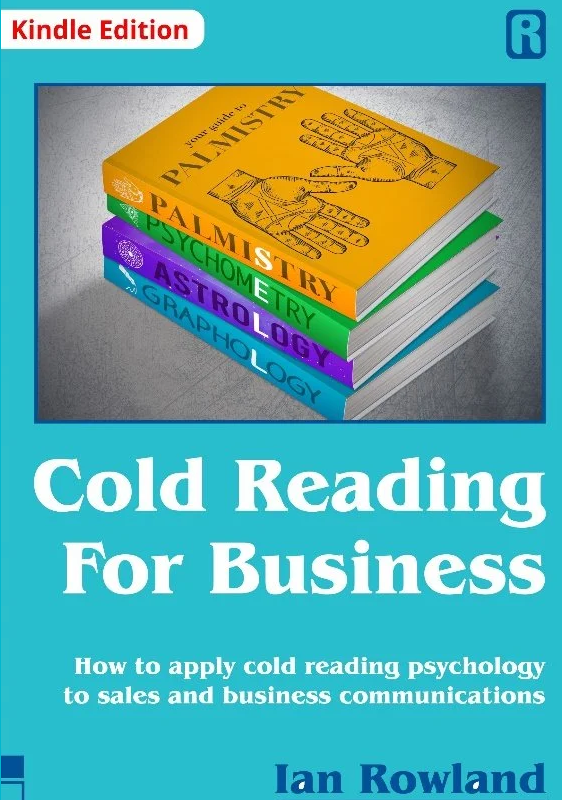Where to Start Cold Reading: A Beginner’s Guide
Where to Start Cold Reading: A Beginner’s Guide
If you’ve ever been fascinated by the art of reading people, you might be wondering where to start cold reading. Cold reading is a powerful communication technique often used by mentalists, magicians, psychics, and even sales professionals to create the illusion of knowing more about someone than you actually do. Learning this skill can give you an edge in building rapport, improving conversations, and captivating audiences. But the big question is: where to start cold reading if you’re a complete beginner?
Understanding the Basics Before You Begin
Before diving into where to start cold reading, it’s important to understand what it is. Cold reading is the practice of using observation, body language, and general statements to make educated guesses about someone. It relies on keen perception, social psychology, and confidence. If you’re looking for where to start cold reading, you’ll need to first build awareness of how people behave and respond in social situations.
Why Learn Cold Reading?
Figuring out where to start cold reading isn’t just for performers or entertainers. It can be useful for anyone who wants to:
Improve social skills.
Build better connections with strangers.
Enhance sales and persuasion abilities.
Develop charisma and presence.
Add depth to public speaking or entertainment.
Knowing where to start cold reading will allow you to gain these benefits step by step.
Where to Start Cold Reading: The First Steps
Learn to Observe
The most important step in deciding where to start cold reading is developing your observation skills. Pay attention to clothing, accessories, body language, and tone of voice.Master the Barnum Effect
If you’re unsure where to start cold reading, begin with the Barnum statements general but relatable statements like, “You sometimes feel misunderstood.” These work because most people see truth in them.Practice Active Listening
When thinking about where to start cold reading, don’t just focus on talking. Listen carefully to what people say and reflect their thoughts back to them in a way that sounds insightful.Experiment with Body Language Reading
Many beginners wonder where to start cold reading in practical terms. A great step is learning how to interpret posture, eye contact, and hand gestures.Start with Friends and Family
If you’re still deciding where to start cold reading, practice with people you know. You’ll feel less pressure and gain more confidence.
Common Mistakes to Avoid
As you figure out where to start cold reading, avoid these pitfalls:
Being too specific too early.
Sounding rehearsed or fake.
Ignoring feedback from the person you’re reading.
Forgetting to keep it conversational.
These mistakes can make cold reading seem unnatural.
Resources to Learn More
If you’re researching where to start cold reading, books and online tutorials are excellent starting points. Some focus on psychology, while others emphasize performance. Joining workshops or practicing with other learners can also help you build your skills.
Where to Start Cold Reading for Professionals
If you’re in sales, therapy, or public speaking, knowing where to start cold reading can give you a professional advantage. Salespeople can build rapport faster, speakers can connect deeply with audiences, and therapists can understand clients more intuitively.
So, where to start cold reading if you’re completely new? Begin by learning observation skills, practicing general statements, and paying close attention to how people react. From there, you can build more advanced techniques and apply them in both personal and professional contexts.
The key to success isn’t just about knowing where to start cold reading it’s about practicing consistently until it becomes second nature. With time, you’ll find yourself reading people effortlessly and using those insights to create stronger connections.





